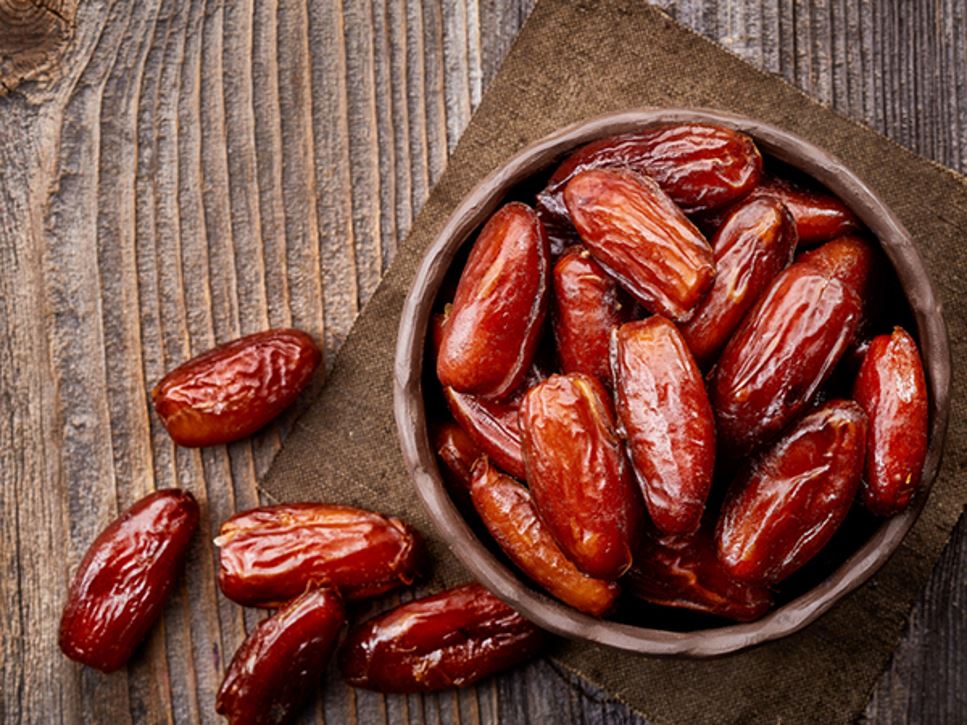During the holy month of Ramadan, which occurs on the ninth month of the lunar-based Islamic calendar, all Muslims are required to abstain from food and drink from dawn to dusk for 30 days. Because Ramadan shifts approximately 11 days earlier each year on the solar-based Gregorian calendar, Muslims experience Ramadan in different seasons throughout the course of their lives.
The act of fasting is meant to remind Muslims of the less fortunate and to reinforce the need to be thankful. As one of the five pillars, or duties, of Islam, fasting during the month of Ramadan is mandatory for all healthy adult Muslims. Children who have not reached puberty, the elderly, those who are physically or mentally incapable of fasting, pregnant women, breastfeeding mothers and travelers are exempt.
Fasting during Ramadan means abstinence from all food or drink, including water and chewing gum, from dawn to sunset. It is recommended that before sunrise, Muslims eat a prefast meal known as suhur. This meal often resembles breakfast, but in some cultures it may include more dinner-like foods. After sundown, Muslims break their fast with iftar, a meal which usually starts with dates and water or milk, followed by dinner. Muslims are permitted to snack at night between those two meals, and hydration is encouraged, especially when Ramadan falls during summer.
For suhur, iftar and snacks, Muslims can more easily make it to sundown by eating high-fiber meals to sustain satiety over longer periods, fruits and vegetables to maintain electrolyte stores, and plenty of fluids to maintain hydration. Muslims should also limit fried foods and sugary sweets, the latter of which is a common cultural tradition among many ethnicities during the holy month.
After Ramadan, Muslims celebrate a three-day holiday called Eid al-Fitr, the Festival of Breaking Fasts, to commemorate the blessings and spiritual renewal from Ramadan. The first day of Eid al-Fitr starts with a morning congregation prayer at the mosque (masjid). Muslims attend the prayer wearing their best clothes to pray together, greet friends and wish each other “Eid Mubarak,” meaning “A blessed Eid.” Afterward, Muslims gather with family and friends to celebrate over food and spend quality time together.
Eid al-Fitr is celebrated all over the world with traditional foods that vary based on the cultural origins and family traditions. Both savory and sweet foods play an important role at many celebrations. Muslims in North Africa may celebrate with tajines, a type of slow-cooked stew that may contain meat, vegetables and fruit. Manti, a type of meat-filled dumpling, are popular among Muslims in Eastern Europe, Turkey and Asia. In Indonesia and Malaysia, beef rendang, a stew of beef cooked in coconut milk, may be prepared.
Sweets also are popular and often are served with tea or Arabic coffee. Traditional choices among those of Arab heritage include an assortment of phyllo- and pistachio-based pastries such as baklava or maabroomeh, or the date-filled cookies called ma’amoul. Saviya, a vermicelli-based dish cooked in milk, or mithai, which means an assortment of sweets, are dishes with roots in South Asia. Butter cookies are a popular sweet treat among all regions and can be referred to as ghraybeh in the Middle East or naan khatai in South Asia. Nougat, Turkish delights and sweetened rice or semolina-based porridges are also popular in several regions.
Eid al-Fitr also has non-food traditions. For example, families gift toys to their children and spend time engaging in fun activities such as playing at bounce houses or face painting to celebrate this joyous occasion. Some families and friends exchange money or goody bags filled with candy and small toys, for example. Eid al-Fitr also is a time to provide charity to those in need.
Find a Nutrition Expert
Looking for credible nutrition information and recommendations? The Academy of Nutrition and Dietetics' network of credentialed food and nutrition practitioners are ready to help!

